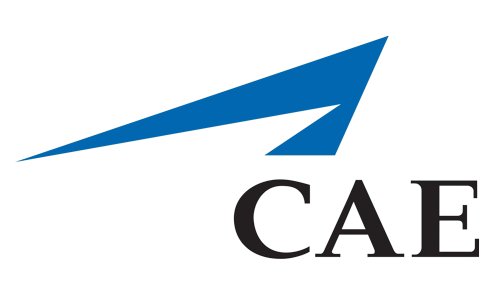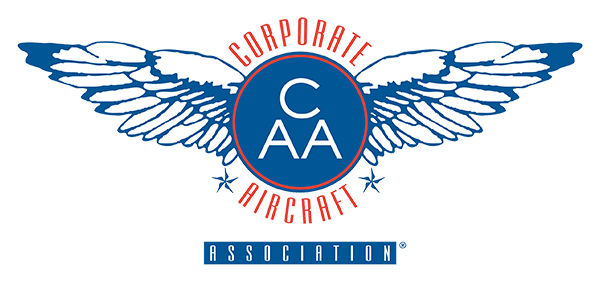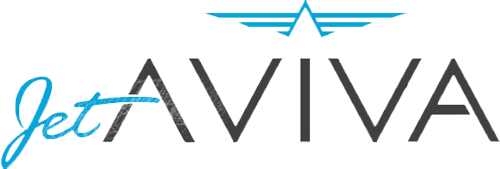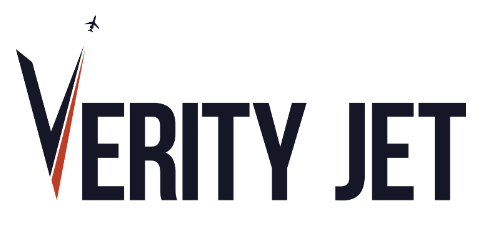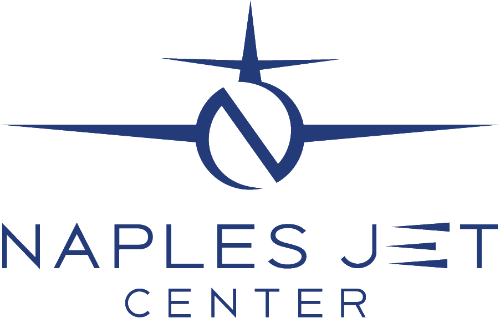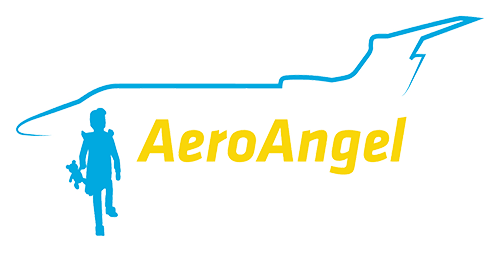Results 1 to 17 of 17
-
Username ProtectedStar Contributor
- Posts
- 745 Posts
- Thanked 507 times
- Phenom 300 Owner & Pilot
- Join Date
- Joined Oct 2020
06-22-2021, 07:00 AM #1
#1
Phenom 300 added to ForeFlight Runway Analysis
ForeFlight Runway Analysis is going offer Phenom 300 performance calculations later this week. It is a $600/yr add-on and seems like a great alternative to APG at half the cost. I will buy it once available and will report back.
https://foreflight.com/products/runw...is-individual/
https://www.foreflight.com/support/runway-analysis/ -
Username ProtectedFrequent Poster
- Posts
- 102 Posts
- Thanked 123 times
- Phenom Instructor/Mentor
- Join Date
- Joined Oct 2020
06-22-2021, 12:52 PM #3This is great news!
I've been using FF Runway Analysis since it was rolled out for the CJ3. I've always been a pretty big fan of APG's iPreflight, but I have to say I LOVE Foreflight's implementation.
It's very easy to use as part of workflow for creating a flight plan, but also easy to run "what-ifs" outside a full flight plan. I really like the integration into weight and fuel planning- for example if you are planning to land on a short runway and will be landing weight limited the system will reverse engineer your allowable takeoff fuel accounting for enroute burn.
With the update out today they also just added special engine-out procedure visualizations that overlay the track on a topo map, very nice.
It's really important to emphasize that runway analysis is NOT just for flying around mountains. Many, many airports have obstacles like small hills or road embankments that can significantly impact takeoff weight- you'll never know that your takeoff may be unsurvivable should an engine fail at V1 if you're not using a runway analysis service. For landing as well runway analysis is a must-have- as mentioned on another thread, the POH, AFM, and QRH all assume zero slope for landing performance- if you're landing downhill somewhere like Sedona with nearly 2% the difference is significant, and if you add in a wet runway, potentially unsafe. Runway Analysis is the only performance source utilizing all the same data that Embraer put into OPERA.
All for half the price of iPreflight, I'm really happy there's some competition now. -
Username ProtectedFrequent Poster
- Posts
- 102 Posts
- Thanked 123 times
- Phenom Instructor/Mentor
- Join Date
- Joined Oct 2020
06-23-2021, 10:50 AM #6(Username Protected)-
No, ForeFlight and iPreflight should (and have in my comparisons with the same inputs) return the exact same data. They are both using the same raw data from Embraer that is the very best information, that accounts for all inputs Embraer captured.
The only material differences between the two should be:
-Price
-UI/ usability
-Integrity/ validity of the worldwide obstacle data they use. APG collects obstacle and terrain data from an impressive number of sources and collates into one master database that is then compared to your flight path to assess for collision. I have no reason to suspect that FF uses data any less complete, but this is a potential difference to be aware of.
-Engine out special procedure offerings.
(Username Protected), I agree, can't wait for the 100 to be offered. I would hope it will be soon, thinking that the hardest part for FF to work with a new OEM is to develop the ability to "talk" to the engineering performance data. Now that they're doing that with the 300 I would hope it's relatively simple to offer the 100. -
Username ProtectedMember
- Posts
- 12 Posts
- Thanked 7 times
- Phenom Instructor/Mentor
- Join Date
- Joined Nov 2020
06-23-2021, 03:33 PM #7This post inadvertently contains some inaccurate information.
OPERA and APG are not equal.
APG contains OEI routing that I believe is proprietary to APG's surveying of the airport.
APG is also (pretty) good at providing TMP (temporary) adjustments for NOTAMS (shortened runway, temporary obstacles)
As a result of APG's survey and alternate procedures (airport specific), the pilot has the ability to generate guaranteed performance data that may otherwise not be available.
PRO TIP
Example KEGE (Not recently verified, DO NOT use the EXAMPLE for navigation)
- When the performance data requires an APG procedure, I build the procedure on the bottom of the flight plan.
- The SID requires an initial left turn whereas APG's procedure is a right turn
- I will have APG's alternate OEI procedure loaded and highlighted in the FMS
- In the event an engine rolls back after V1 I would execute the direct to command on the start of the alternate OEI departure
- After I have diverged with the alternate OEI procedure, I would be committed to the published SID
- Prior to accelerating to "cruise climb" I would ensure that the aircraft is capable of clearing the obstacles
* Don't put the banana on MELVL with 15k selected and accelerate... "JUSTIN CASE" an engine decides to roll back.
The procedure outlined above was SOP at Maya Air (The jet operator company, not the turbo commander).
PT 91 Operators - Approximately three years ago the FAA revised an AC that is now widely interpreted to hold PT 91 operators of turbine aircraft to the same obstacle analysis standards of PT 121 and 135 aircraft (IE AC 120-91A and all the applicable FARs). -
Username ProtectedFrequent Poster
- Posts
- 102 Posts
- Thanked 123 times
- Phenom Instructor/Mentor
- Join Date
- Joined Oct 2020
06-23-2021, 03:42 PM #8(Username Protected)-
I completely agree with what you are saying. I was definitely not making the case that using OPERA is as good as using a Runway Analysis service such as APG or FF. Rather that only a full RA service can provide complete performance info in a way the tab data (or software such as My Phenom that is predicated on the tab data) cannot.
I would also caution that the example you provide above is a great case of how you can get into a potentially unrecoverable corner. If you turn left instead of right off of 25 at KEGE, your allowable weight is much, much less. If, as you say, you start the left turn, then lose an engine, how do you know you can still outclimb the terrain on the SID? You really don't, so picking a special DP that mostly mirrors your SID in broad strokes is considered a safer practice. I never liked the right turn SDP at KEGE, as it seems like a trap... -
Username ProtectedFrequent Poster
- Posts
- 102 Posts
- Thanked 123 times
- Phenom Instructor/Mentor
- Join Date
- Joined Oct 2020
06-23-2021, 03:48 PM #9Update to the above information- I just had a conversation with an OEM performance engineer, and the above may not be perfectly accurate. Getting a little inside baseball here, but at least in some cases (so I can't speak with 100% confidence that the Phenom 300 is not one of them) FF does not use the raw algorithms the OEM develops (SCAP modules for the really geeky) but rather a super-granular set of tab-like data. This data encompasses more variables than the AFM, etc. charts do, but it is still composed of finite data points, not formulas. As such, there are cases where a service using SCAP modules may provide a more correct output. With that said, I was told the difference is more or less negligible, and in my comparison of FF to APG for the CJ3, I haven't seen results that differ from more than 5-10 pounds...
-
Username ProtectedMember
- Posts
- 12 Posts
- Thanked 7 times
- Phenom Instructor/Mentor
- Join Date
- Joined Nov 2020
06-23-2021, 04:20 PM #10(Username Protected) - I was not calling out any particular post on this thread.
The genesis for my post is based on my experience with pilots that like to "argue" with me that the flight that was completed was not possible or "I didn't have the numbers." When in fact I did have performance numbers that were not only safe, but also meet the performance requirements required by PT 135. The operational example that I illustrated above came from a 135 operation. I know the regulations have evolved for the good since I started flight instructing and flying PT 135 in the 1990s, but I still keep up to date.
Maya Air eventually received 135.297 approval and either during 297 checks or training we flew most of the alternate departures on the west slope (The company was KTEX based) and the published OEI procedures are defiantly full of "gothcas" if not fully trained, briefed and understood.
I believe I clearly addressed your critique of my accurate (simplified) post: "I would also caution that the example you provide above is a great case of how you can get into a potentially unrecoverable corner."
when I CLEARLY stated:
" After I have diverged with the alternate OEI procedure, I would be committed to the published SID"
For anyone reading this and not familiar with the nuances of the specific procedure we are discussing, activating the OEI procedure after getting downrange on the published SID would result in an unsuccessful attempt to fly THROUGH a mountain.
-
Username ProtectedFrequent Poster
- Posts
- 102 Posts
- Thanked 123 times
- Phenom Instructor/Mentor
- Join Date
- Joined Oct 2020
06-23-2021, 06:10 PM #11"...the published OEI procedures are defiantly full of "gothcas" if not fully trained, briefed and understood."
Totally agree, again. Especially out west the SDPs are full of gotchas.
Not sure I made the point very clearly that I was trying to make re: the SDP that has the turn down the valley out of KEGE.
I know you understand the nuances well, but for less experienced pilots, selecting an SDP that is directionaly divergent (materially so) from their cleared DP is definitely a higher risk choice than selecting one that more or less mirrors the cleared SID. I actually use the example of KEGE when I teach seminars on takeoff performance and RA:
If you are limited to "XX" pounds after selecting the SDP with the right turn, the implication is an engine failure at VEF (loaded to the max allowable weight) will have your net flight path clearing terrain by 35'. If instead, the engine fails once you've started the left turn on the SID, as you say you're committed to the lateral path of the SID.
But how do you know you'll clear the terrain on THAT (different) path? If the engine fails at 400' AGL you have some altitude in the bank, but the fact you didn't select the SDP with the left turn out implies the limiting weight was lower than your TOW (otherwise you'd just select that set of numbers and the issue of a right turn would be moot). So your net flight path is worse than it needs to be, but you're starting out a few hundred feet higher...which one will win? Who knows?
The FAA and NBAA Transport Airplane Performance Planning (TAPP) Working Group made some great videos years ago, one of which address this issue using the example of San Diego (I think). Worth viewing for jet pilots less experienced with using SDPs and RA... -
Username ProtectedStar Contributor
- Posts
- 745 Posts
- Thanked 507 times
- Phenom 300 Owner & Pilot
- Join Date
- Joined Oct 2020
06-23-2021, 07:29 PM #12
#12
The Phenom 300 option is now available.
Go to https://plan.foreflight.com/account and click on "Upgrade or Renew My Subscription", then select the Phenom 300.
-
Username ProtectedStar Contributor
- Posts
- 745 Posts
- Thanked 507 times
- Phenom 300 Owner & Pilot
- Join Date
- Joined Oct 2020
06-23-2021, 07:36 PM #13
#13
I asked about Phenom 100 support and they said planned for Q3.
I have been playing with the Performance feature for the last hour. Very impressed so far and so neatly integrated with the Flights data. The key lacking feature is a full W&B with CG (not just payload lbs), since without it Foreflight can't compute trim settings (there is a separate W&B section, but it doesn't integrate with the Flights data) -
Username ProtectedReally Frequent Poster
- Posts
- 161 Posts
- Thanked 77 times
- Phenom 300 Owner & Pilot
- Join Date
- Joined Oct 2020
06-24-2021, 11:42 AM #14I am now using FF runway analysis. I like how its integrated into what I am using already and not another app to go into, plus you can use it on your phone whereas I don't think APG has an app for phone.
I was looking at my flight today and it must be due to the previously stated data/algorithms being different, but for the same weight and conditions, this was the output:
APG:
V1: 103
VR:103
V2:115
VFS:123
FF:
V1:101
VR:101
V2: 113
VFS: 124
Both show roughly the same TO Dist, etc. -
Username ProtectedMember
- Posts
- 73 Posts
- Thanked 25 times
- Phenom Instructor/Mentor
- Join Date
- Joined Oct 2020
07-07-2021, 08:20 AM #15One point about price that could be misleading -- whereas APG allows 4 users per tail number, the $600 (Phenom 300) price that (Username Protected) mentions is good for one iPad. From Foreflight's web site, each subscription supports two devices which have to be on the same user subscription. To me, assuming the pilots already have a Foreflight subscription two pilots would make Foreflight $1,200 per year - still cheaper than APG. A third pilot would match APG's price and a fourth (which is what you get with APG) would make the cost $600 (round numbers) more than APG.
A business plan allows multiple pilots, but I did not contact Foreflight for pricing.
(Username Protected) - you shared V speeds --- what are the options and comparison for factored / unfactored, and various levels of runway contamination?
thank you!
(Username Protected)
https://www.(Username Protected)aviation.com
- Quick Links
- New Posts
- Participated
- Subscribed
- Today's Posts
- Hot This Week


 Reply
Reply





